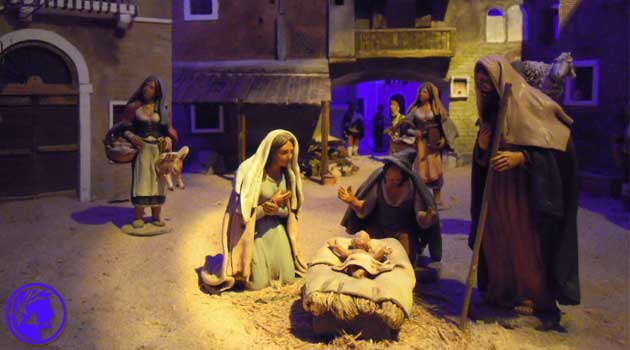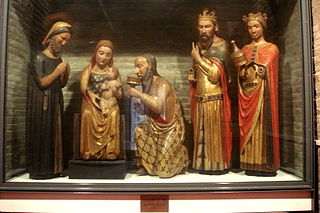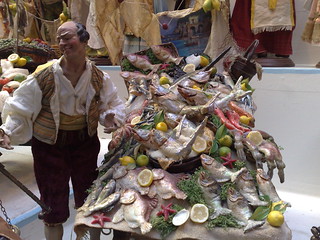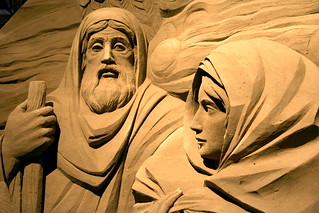Ciao a tutti. Ecco un quiz sulle tradizioni natalizie e dell’ultimo dell’anno. In italiano
Quiz-summary
0 of 6 questions completed
Questions:
- 1
- 2
- 3
- 4
- 5
- 6
Information
LOADING QUIZ…
You have already completed the quiz before. Hence you can not start it again.
Quiz is loading...
You must sign in or sign up to start the quiz.
You have to finish following quiz, to start this quiz:
Results
Time has elapsed
You have reached 0 of 0 points, (0)
| Average score |
|
| Your score |
|
Categories
- Not categorized 0%
-
BUON NATALE!

Skype Trial Class
Individual, live, with a native teacher, 30 minutes long.
If you already are a free member of Dante Learning, please check the box and get a full 55 minutes lesson.
[process_steps type=”horizontal” size=”small”] [process_step title=”Give us date and time” icon_image=”21212″] Tell us when you are free, we’ll check our availability. [/process_step] [process_step title=”Check your inbox” icon_image=”20577″] We’ll get back to you with a confirmation and details. [/process_step] [process_step title=”See you on Skype” icon_image=”20586″] That’s it. See you in class. [/process_step] [/process_steps]
[contact-form-7 id=”15171″ title=”trial due colonne”]
- 1
- 2
- 3
- 4
- 5
- 6
- Answered
- Review
-
Question 1 of 6
1. Question

Conosci le tradizioni italiane di Natale?
Scoprilo con il nostro quiz
Il panettone è il dolce tradizionale natalizio di Verona
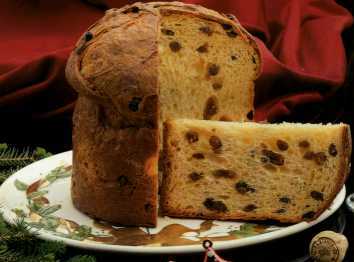
- 1.
- 2.
Correct
E’ il dolce tradizionale di Milano
↓↓↓
Incorrect
E’ il dolce tradizionale di Milano
↓↓↓
-
Question 2 of 6
2. Question

La “festa dei sette pesci” è una antica tradizione culinaria natalizia italiana
- 1.
- 2.
Correct
Falso
E’ una tradizione della cucina italo-americana. Gli italiani, in generale, non sanno cosa sia.
↓↓↓
Incorrect
Falso
E’ una tradizione della cucina italo-americana. Gli italiani, in generale, non sanno cosa sia.
↓↓↓
-
Question 3 of 6
3. Question

DICEMBRE
Il 26 dicembre in Gran Bretagna si chiama Boxing Day.
In Italia è il giorno di
- 1.
- 2.
- 3.
- 4.
Correct
Santo Stefano è una sorta di secondo giorno di Natale
↓↓↓
Incorrect
Santo Stefano è una sorta di secondo giorno di Natale
↓↓↓
-
Question 4 of 6
4. Question

Cotechino e lenticchie è un piatto della tradizione del nord Italia, ma ormai gli italiani in tutte le regioni mangiano questo speciale salame con le gustose lenticchie in umido.
Il maiale simboleggia l’abbondanza, le lenticchie sono di buon augurio per avere…
- 1.
- 2.
- 3.
- 4.
Correct
Le lenticchie portano soldi. Vi consiglio di prepararle per Capodanno!
↓↓↓
Incorrect
Le lenticchie portano soldi. Vi consiglio di prepararle per Capodanno!
↓↓↓
-
Question 5 of 6
5. Question
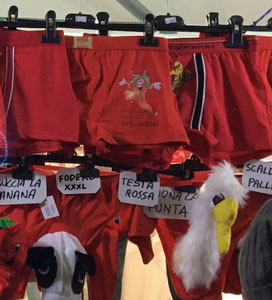
Gli italiani indossano le mutande rosse …
- 1.
- 2.
- 3.
- 4.
Correct
a capodanno
↓↓↓
Incorrect
a capodanno
↓↓↓
-
Question 6 of 6
6. Question

La Befana rappresenta il vecchio anno che se ne va. Non è una strega, ma una simpatica vecchia signora che consegna dei dolci ai bambini buoni. C’è una vecchia filastrocca (rhyme) che comincia così:
“La Befana vien di notte…”
Come continua?
(filastrocca completa nella risposta)
- 1.
- 2.
- 3.
- 4.
- 5.
Correct
La Befana vien di notte
con le scarpe tutte rotte
con le toppe alla sottana:
Viva, viva la Befana!
↓↓↓
Incorrect
La Befana vien di notte
con le scarpe tutte rotte
con le toppe alla sottana:
Viva, viva la Befana!
↓↓↓


